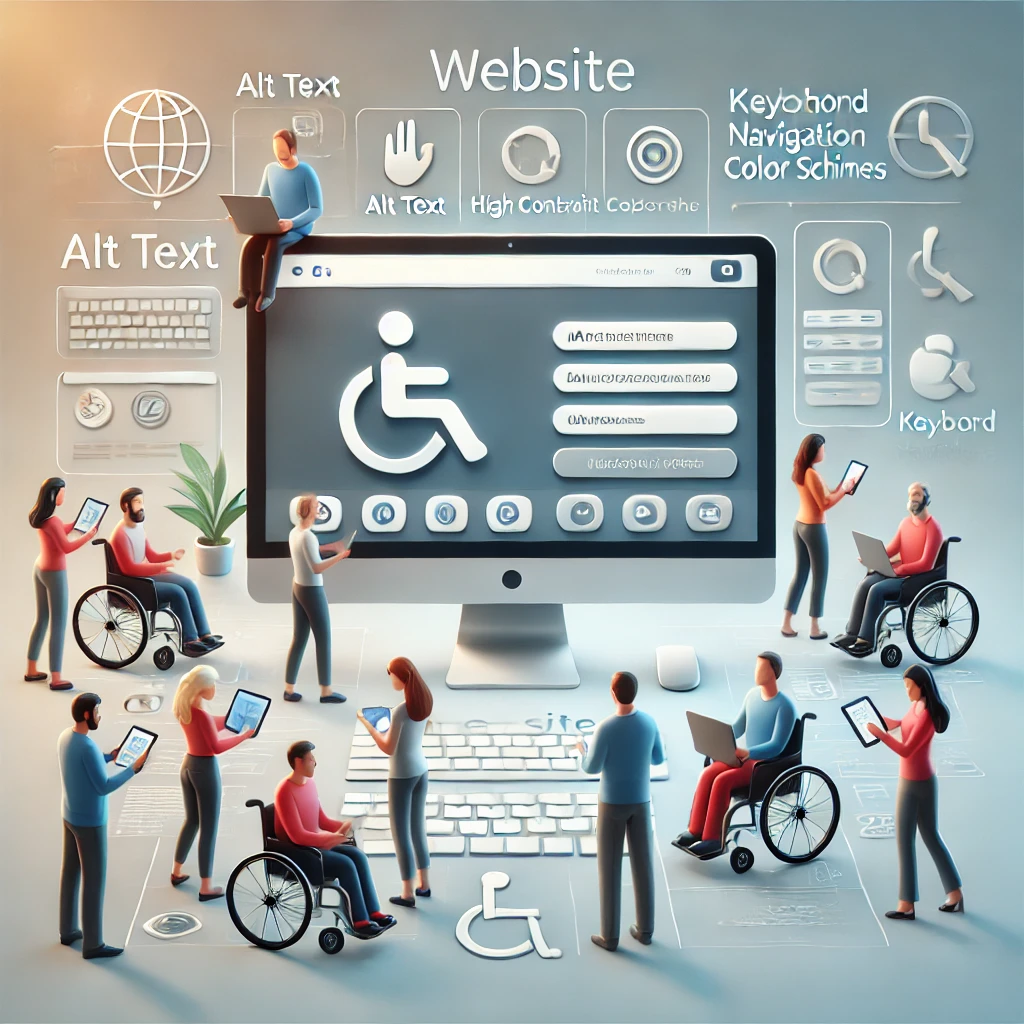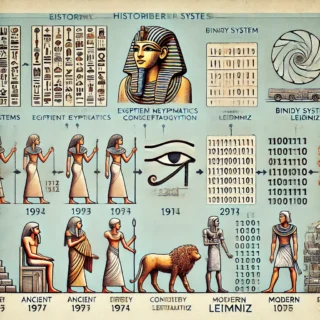
The Power of Accessible Web Design: Why It Matters
A website is often the first point of interaction between a business and its customers. While an eye-catching design may draw visitors in, the accessibility of that website truly determines whether everyone can interact with it. Web accessibility isn’t just a box to tick; it’s a commitment to inclusion and reflects your values as an organization.
Why accessibility should be a priority
According to the World Health Organization, more than one billion people worldwide live with some form of disability. This staggering figure underscores the importance of creating digital spaces where everyone has equal access. By prioritizing accessibility in your web design, you ensure no user is left behind, allowing everyone to interact with your content, services, and products. An accessible website isn’t just about complying with regulations; it’s about delivering a seamless experience to all users, enhancing your brand reputation, and building lasting trust.
The benefits of an accessible website
An accessible website is more than a moral or legal obligation—it’s a strategic advantage. It can increase user engagement, improve SEO, and even boost conversion rates. When you prioritize accessibility from the start, you’re sending a clear message: your company values inclusivity and strives to provide an exceptional experience for everyone.
It’s critical to follow the Web Content Accessibility Guidelines (WCAG) from the start. These guidelines ensure your website is Perceivable, Operable, Understandable, and Robust (POUR). By adhering to these principles, you’re meeting the standards and creating a digital space that welcomes all users.
Integrating accessibility into your design process
A comprehensive accessibility review is vital to your design process. This involves looking beyond aesthetics and examining the technical aspects of your site, from color contrast to navigation and everything in between. By doing so, you can identify potential barriers and address them before your site goes live.
Providing your development team with resources like an accessibility design checklist or best practices documentation can make a significant difference. These tools ensure that accessibility is built into the structure of your website from the start. It’s about more than just meeting standards—creating a site that genuinely serves everyone.
Ongoing support for long-lasting accessibility
Ensuring your website remains accessible is an ongoing process. Having expert support available to address any challenges that arise is essential. A dedicated team can offer invaluable insight through technical discussions, a help desk, or a comprehensive knowledge base filled with resources and code examples. This ongoing support helps maintain your website’s accessibility as it evolves, ensuring all users continue to have equitable access to their digital spaces.
Start your journey towards inclusion
Beginning your journey toward accessible web design is a proactive step toward fostering inclusion. By committing to a thorough accessibility review, you’re not only improving usability, but you’re also demonstrating your dedication to social responsibility. This commitment ensures your digital experience is inclusive, user-friendly, and meets industry standards. It’s more than just a design choice—it reflects your company’s core values.



